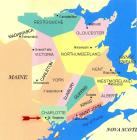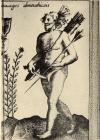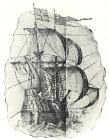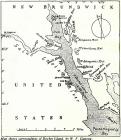2
In small towns and villages throughout New Brunswick sport has always been an integral part of the fabric of the community. As such, rural communities have made an important and lasting contribution to New Brunswick's sports heritage, and none more so than the international border town of St. Stephen situated on the St. Croix River, across from Calais, Maine USA.In sport as in life, each generation inspires the next, and even today those who "play sports" in St. Stephen hold a special place in the hearts and minds of those who live and work there. "Hometown Sports Heroes" highlights the remarkable achievements of these athletes, and teams, which have been an integral part of community life in St. Stephen dating from the early 1900's to the present day.
4
St. Stephen is situated on the International Boundary between the province of New Brunswick, Canada and the state of Maine, United States of America. The lower part of this boundary is the St. Croix River. A Canadian Heritage River, its history includes people present long before the French explorers Champlain and DeMonts first ventured onto St. Croix Island (sometimes called Dochets Island) in 1604. Their endeavor marked the first European settlement north of Florida and the first French settlement anywhere in North America. Before and after that ill-fated French expedition, the aboriginal population, the Passamaquoddy, harvested large quantities of smelt, alewives and salmon from the St. Croix.6
The Passamaquoddy tribe was part of a large confederation of tribes generally called the Wabanaki, meaning Dawnland People. Their homeland encompassed a huge area, thought to include northern New England, as well as the provinces of New Brunswick and Nova Scotia.They lived in small villages consisting of wigwams (cone shaped dwellings covered in birchbark) and longhouses. The wigwams were very portable while the longhouses were much more permanent structures. The tribes were not nomadic. Movement was based on seasonal patterns and they often returned to their permanent longhouse structures.
Their social activities included singing, story telling, making up riddles and playing word games. The Passamaquoddy also played what we have come to know as the game of lacrosse.
8
In March of 1604, five ships carrying 120 men set sail from Havre de Grace, now called Le Havre, France to establish a settlement in the New World. The French expedition was led by nobleman Pierre Dugas the Sieur de Mons.The expedition landed at Sable Island on May 1, 1604. From there, the party divided.






